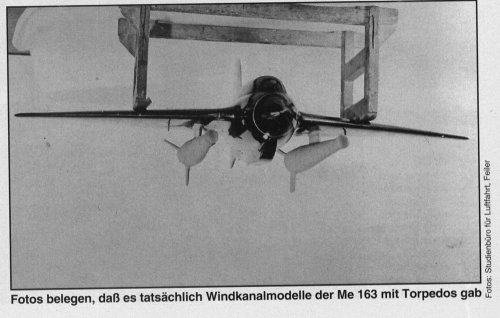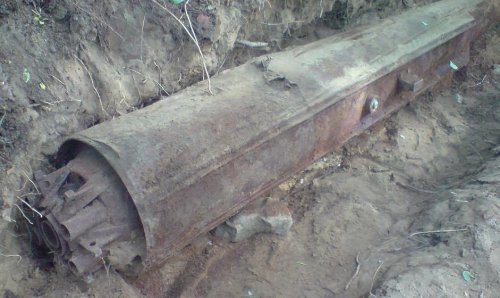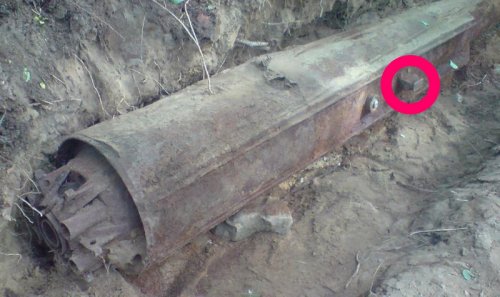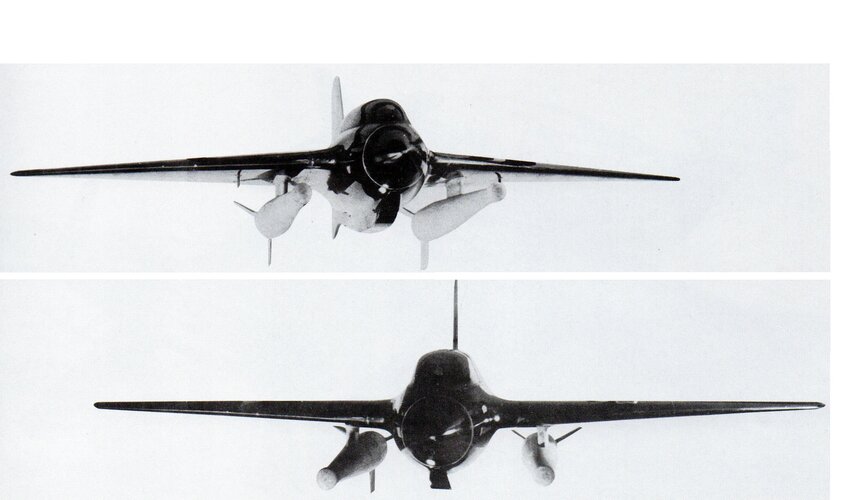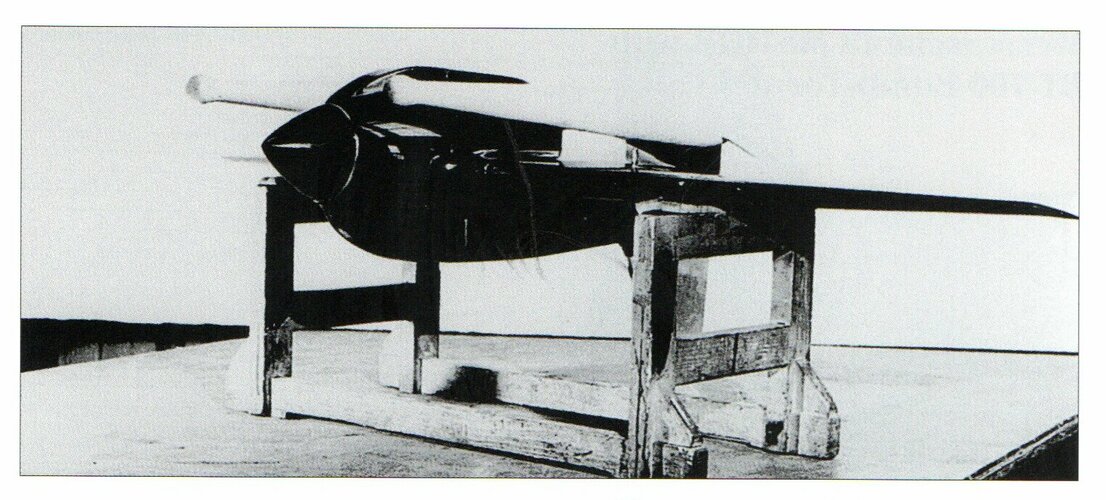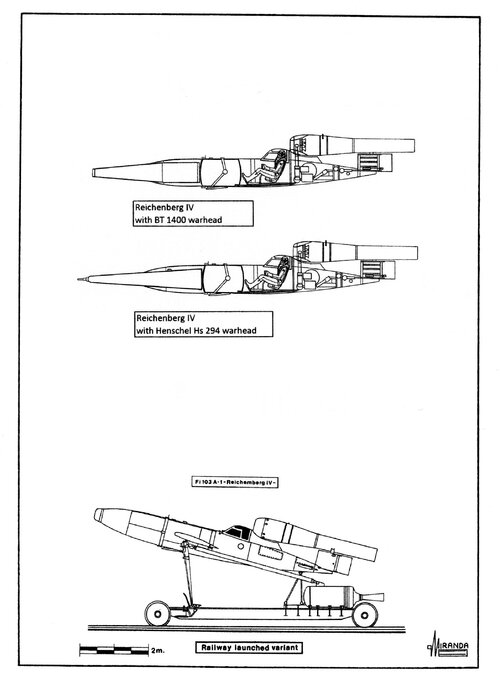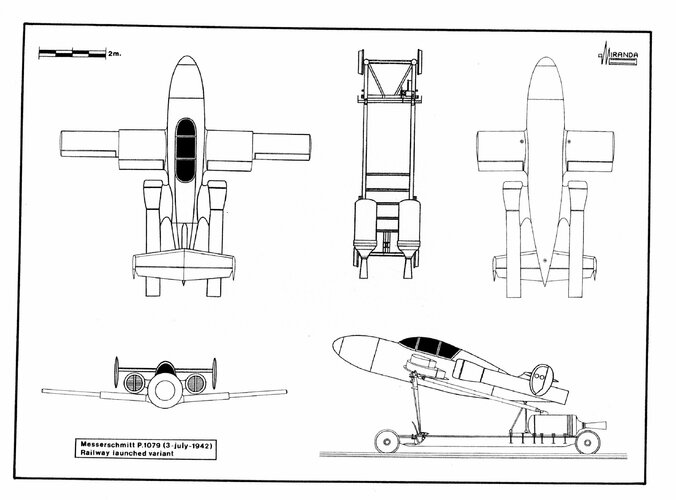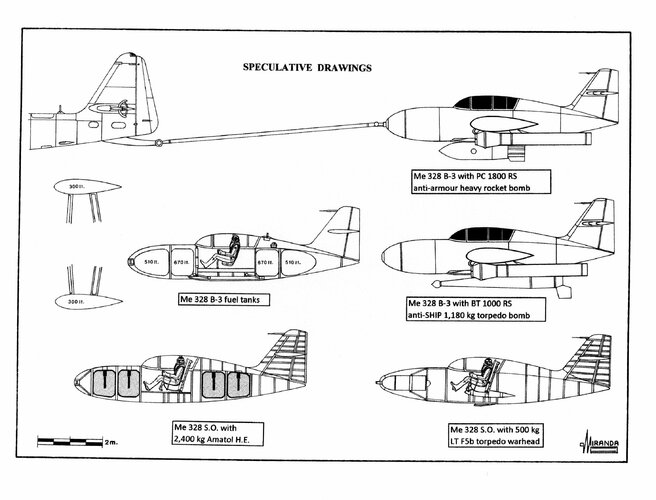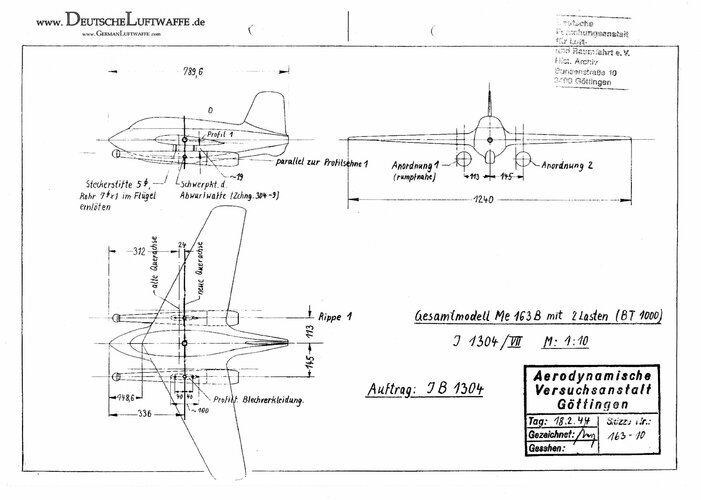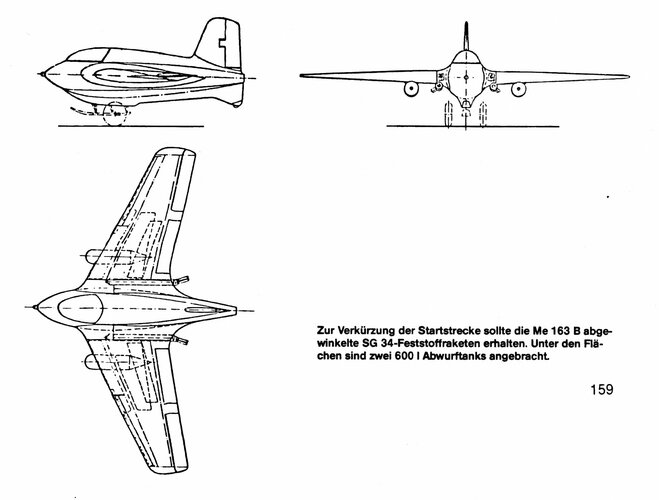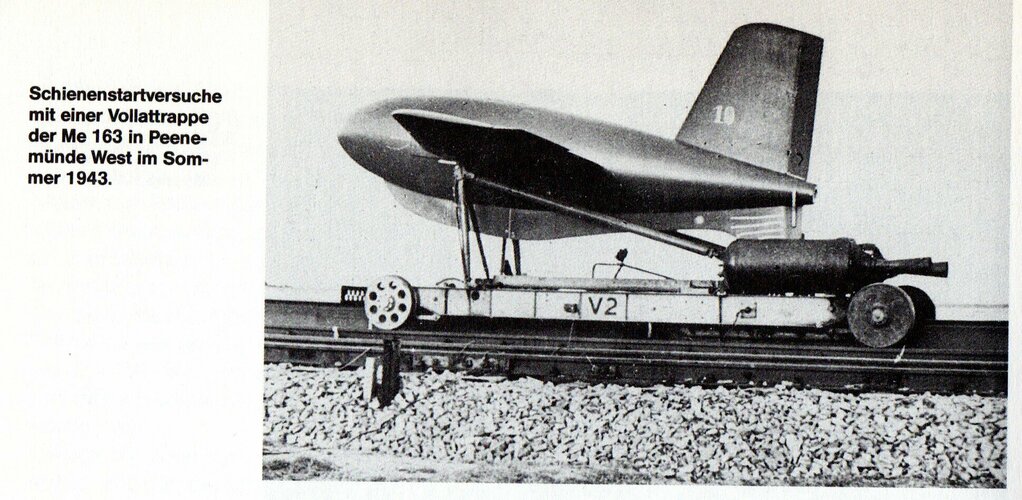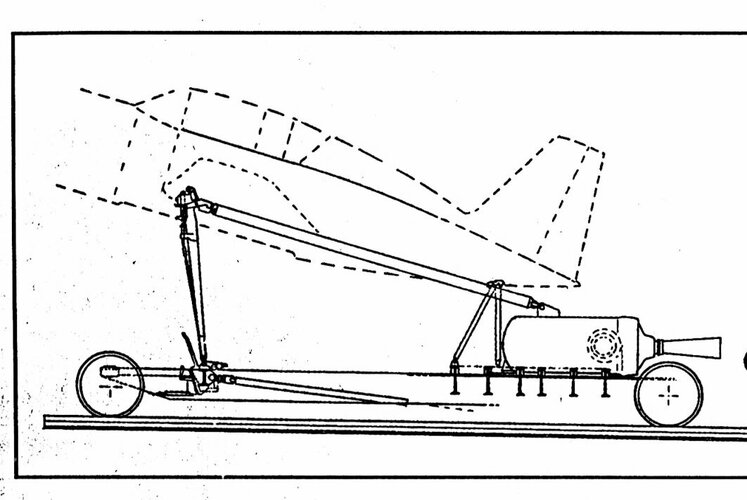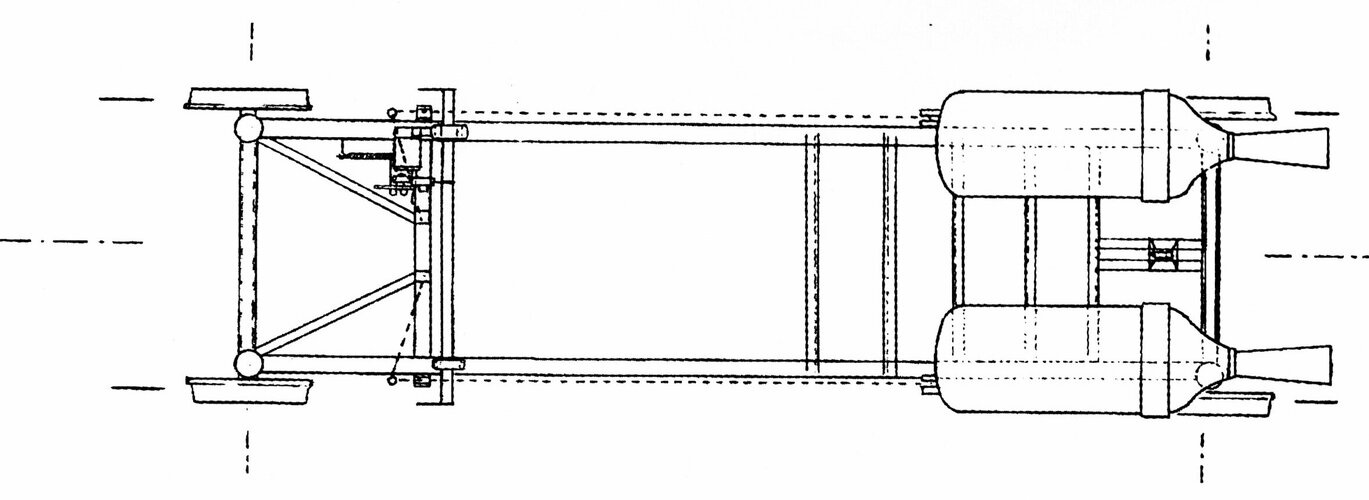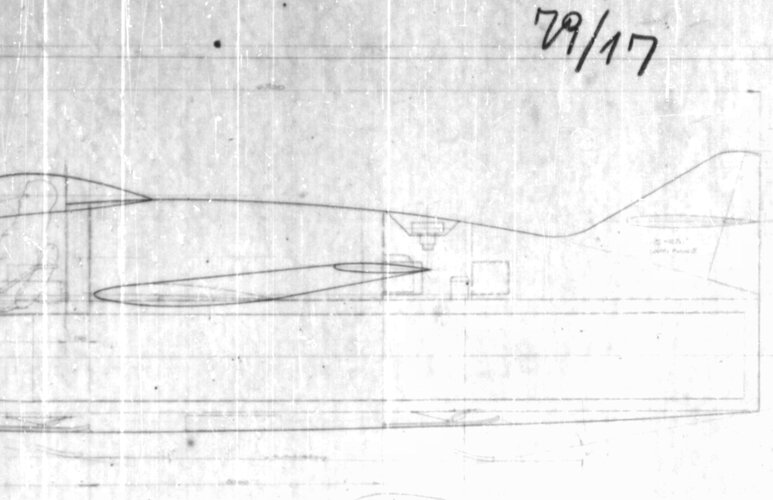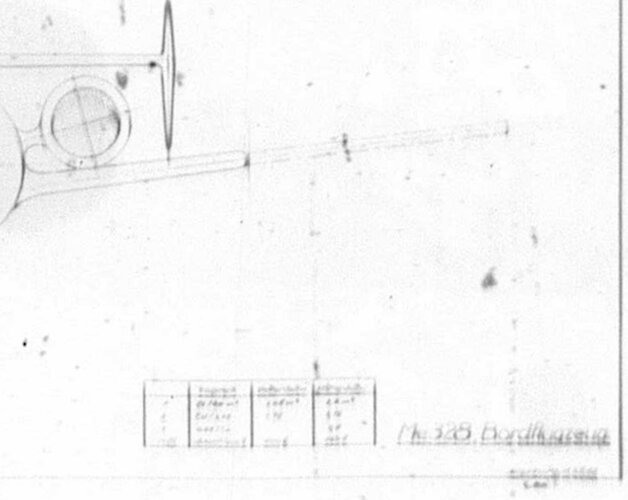- Joined
- 13 August 2007
- Messages
- 8,446
- Reaction score
- 11,005
I Know sound Crazy
but German had 1944 Study about Me 163B Rocketplane WITH Torpedo's !
in 1992 they Discover in Aerodynamische Versuch Anstalt (AVA) at Göttingen several Files note.
of Windchannel Model of a Me 163B with 2 Bomb Torpedo's type BT1000.
one note was of a conference between engineer Hubert (from Messerschmitt) and professor Betz from AVA
"its necessary to check the Stability Me 163B with BT1000 in a Windchannel Test"
"the soon use of Plane against Shiptarget deepens of that Test Result"
"The Model is Ready middle of February for Test of 2 Day duration.
"A longer Test has to be interrupt, because of not urgent." signature mister Hildenbrand.
the note is date 9 February 1944.
more Files note and Photos show that Test was made
A letter from 22. September 1944 from Junkers "Flugzeugwerke und Motorenwerke" to AVA
say they receive the test result from February
the BT1000 Bomb Torpedo's
1000 kg Bomb rocket for land and sea Target
from Research's institute Graf Zeppelin in Stuttgart-Ruit
the Pilot or Bomber used a special developed "Reflexvisier"
from Drop height depend the BT1000 fly 3000 Meter far
the BT1000 was Propelled by Solid rocket by company "Rheinmetall"
Source Flug Revue April 1992 page 49
Source Picture Stüdienbüro für Luftfahrt, Feiler
but German had 1944 Study about Me 163B Rocketplane WITH Torpedo's !
in 1992 they Discover in Aerodynamische Versuch Anstalt (AVA) at Göttingen several Files note.
of Windchannel Model of a Me 163B with 2 Bomb Torpedo's type BT1000.
one note was of a conference between engineer Hubert (from Messerschmitt) and professor Betz from AVA
"its necessary to check the Stability Me 163B with BT1000 in a Windchannel Test"
"the soon use of Plane against Shiptarget deepens of that Test Result"
"The Model is Ready middle of February for Test of 2 Day duration.
"A longer Test has to be interrupt, because of not urgent." signature mister Hildenbrand.
the note is date 9 February 1944.
more Files note and Photos show that Test was made
A letter from 22. September 1944 from Junkers "Flugzeugwerke und Motorenwerke" to AVA
say they receive the test result from February
the BT1000 Bomb Torpedo's
1000 kg Bomb rocket for land and sea Target
from Research's institute Graf Zeppelin in Stuttgart-Ruit
the Pilot or Bomber used a special developed "Reflexvisier"
from Drop height depend the BT1000 fly 3000 Meter far
the BT1000 was Propelled by Solid rocket by company "Rheinmetall"
Source Flug Revue April 1992 page 49
Source Picture Stüdienbüro für Luftfahrt, Feiler

